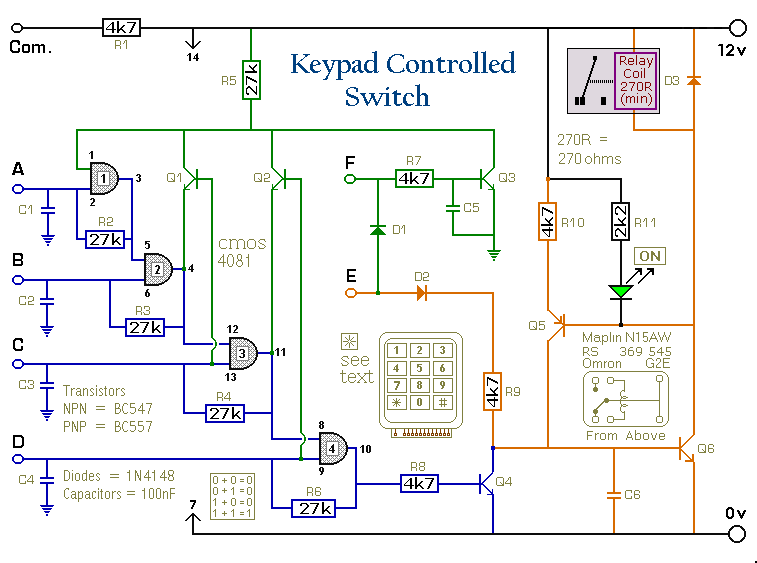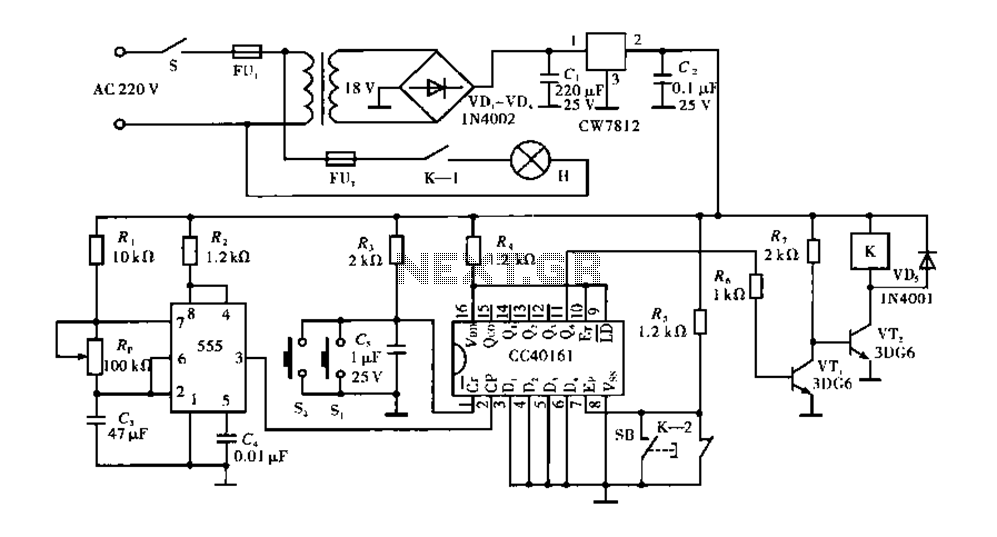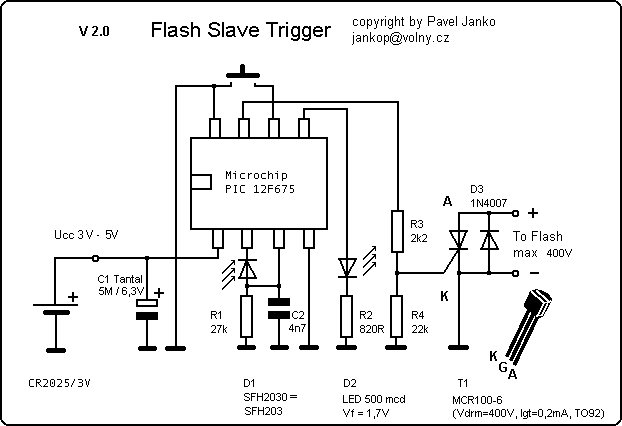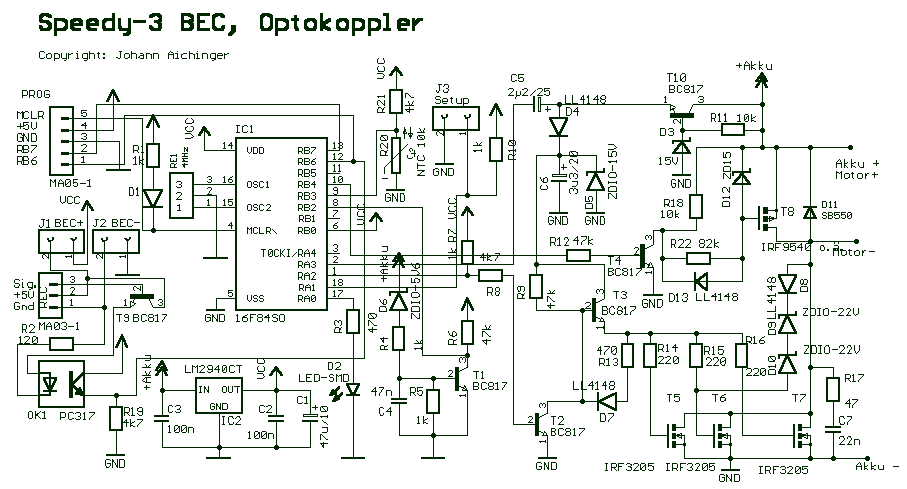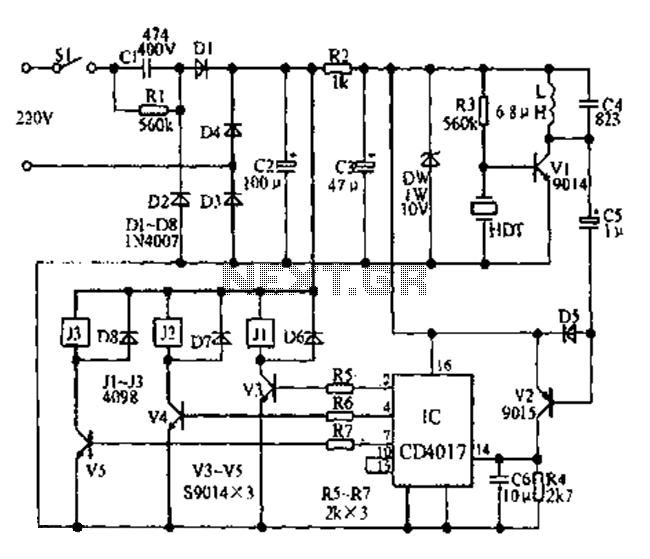
RF AGC with Digital Control

The Automatic Gain Control (AGC) is utilized in various systems, particularly in communications. This AGC operates at a frequency of 50 MHz, and the output voltage is determined by a required digital signal.
The Automatic Gain Control (AGC) circuit plays a crucial role in ensuring consistent signal levels in communication systems. By automatically adjusting the gain of a signal, the AGC helps to maintain a stable output voltage despite variations in input signal strength, which can occur due to environmental factors or changes in signal sources.
In a typical AGC circuit operating at 50 MHz, a combination of analog components and digital control mechanisms is employed. The circuit may include a high-frequency amplifier, a rectifier to convert the AC signal to DC, and a low-pass filter to smooth the output. The digital signal that sets the output voltage can be generated by a microcontroller or digital signal processor (DSP), which responds to the detected signal strength and adjusts the gain accordingly.
The AGC circuit's design must consider several parameters, including the desired range of gain adjustment, response time to signal changes, and the overall bandwidth of the system. Additionally, the circuit may incorporate feedback loops to enhance stability and performance, ensuring that the output remains within specified limits even under varying conditions.
Overall, the AGC is a vital component in enhancing the reliability and quality of communication systems by providing automatic adjustments to signal levels, thus improving the overall performance of the system.The AGC is used in many system especially communications. This AGC? works at 50Mhz, and the output voltage is set by a digital signal that is needed by. 🔗 External reference
The Automatic Gain Control (AGC) circuit plays a crucial role in ensuring consistent signal levels in communication systems. By automatically adjusting the gain of a signal, the AGC helps to maintain a stable output voltage despite variations in input signal strength, which can occur due to environmental factors or changes in signal sources.
In a typical AGC circuit operating at 50 MHz, a combination of analog components and digital control mechanisms is employed. The circuit may include a high-frequency amplifier, a rectifier to convert the AC signal to DC, and a low-pass filter to smooth the output. The digital signal that sets the output voltage can be generated by a microcontroller or digital signal processor (DSP), which responds to the detected signal strength and adjusts the gain accordingly.
The AGC circuit's design must consider several parameters, including the desired range of gain adjustment, response time to signal changes, and the overall bandwidth of the system. Additionally, the circuit may incorporate feedback loops to enhance stability and performance, ensuring that the output remains within specified limits even under varying conditions.
Overall, the AGC is a vital component in enhancing the reliability and quality of communication systems by providing automatic adjustments to signal levels, thus improving the overall performance of the system.The AGC is used in many system especially communications. This AGC? works at 50Mhz, and the output voltage is set by a digital signal that is needed by. 🔗 External reference

